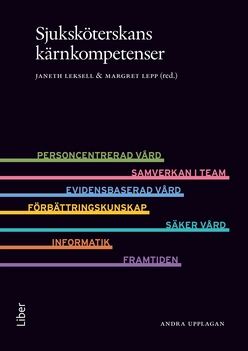

e-Learning and the Science of Instruction: Proven Guidelines for ConsumersUpplaga 1
- Upplaga: 1a upplagan
- Utgiven: 2002
- ISBN: 9780787960513
- Sidor: 336 st
- Förlag: John Wiley & Sons
- Format: Inbunden
- Språk: Engelska
Om boken
Åtkomstkoder och digitalt tilläggsmaterial garanteras inte med begagnade böcker
Mer om e-Learning and the Science of Instruction: Proven Guidelines for Consumers (2002)
I oktober 2002 släpptes boken e-Learning and the Science of Instruction: Proven Guidelines for Consumers skriven av Ruth Colvin Clark. Det är den 1a upplagan av kursboken. Den är skriven på engelska och består av 336 sidor djupgående information om data. Förlaget bakom boken är John Wiley & Sons som har sitt säte i Hoboken.
Köp boken e-Learning and the Science of Instruction: Proven Guidelines for Consumers på Studentapan och spara pengar.
Tillhör kategorierna
Referera till e-Learning and the Science of Instruction: Proven Guidelines for Consumers (Upplaga 1)
Harvard
Oxford
APA
Vancouver



















